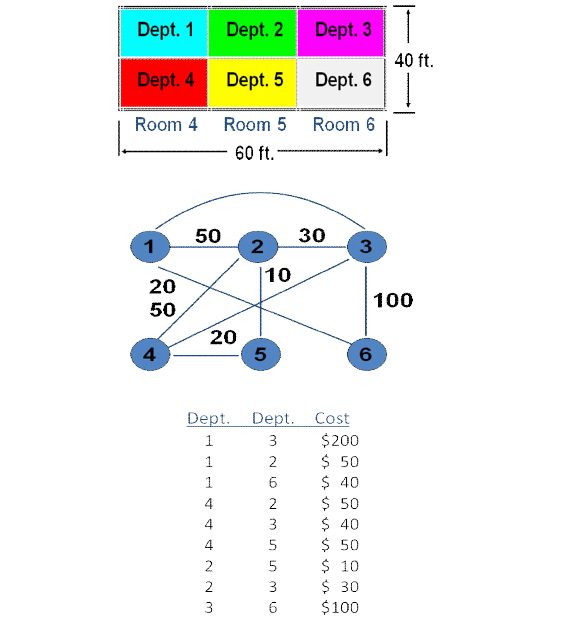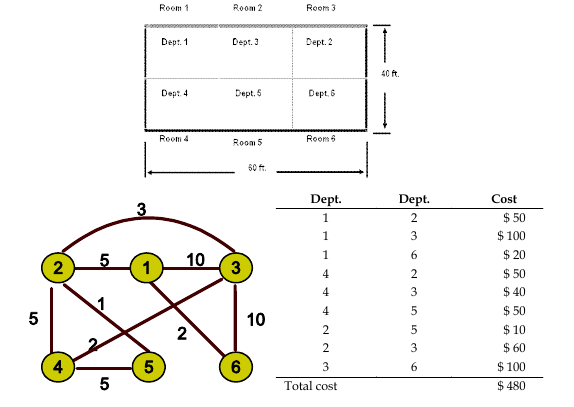Answer:
In this type, the material remains at a fixed position and tools, machinery and men are brought to the location of the material. Fixed Position Layout is essential when the products are difficult to move. Need for such type of layouts arises in case of extremely large and heavy products. Some of the examples are production of aircraft, ships, dams, bridges, and housing industry.

The advantages of this layout are:
- This layout is flexible with regard to change in design, operation sequence, labour availability, etc.
- It is essential in large project jobs, such as construction and shipbuilding etc., where large capacity mobile equipment is required.
- Very cost effective when similar type products are being processed, each at a different stage of progress.
The limitations of fixed position layout are as follows:
- Capital investment may be for a one-off product, which can make it expensive.
- Due to long duration to complete a product, average utilization of capital equipment is limited.
- Space requirements for storage of material and equipment are generally large.
Products essentially require high class planning and focused attention on critical activities to maximize margins.
Example: You work in facilities engineering. You want to find the cost of this layout. The cost of moving 1 load between adjacent dept. is $1. The cost between nonadjacent dept. is $2.

Solution: In above table total cost is $ 570
Can we get a layout cheaper than $570? There are 6! Or 720 possibilities. Putting departments 1 & 3 adjacent to each other gives a total cost of $480.

Total Views: 46
